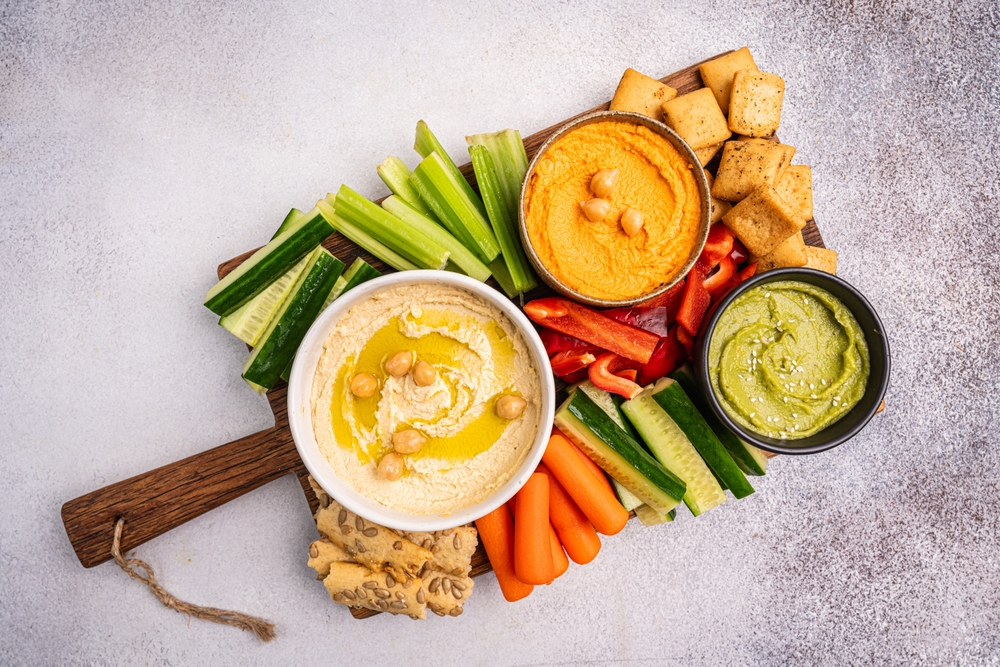When it comes to nutrition, fibre doesn’t always get the spotlight—but it absolutely should. This humble dietary hero plays a crucial role in everything from digestion to heart health, and most of us simply aren’t getting enough.
What Is Fibre, and Why Is It So Important?
Fibre is a type of carbohydrate that your body can’t digest. Unlike other carbs, it passes through your system relatively intact, but that doesn’t mean it’s not doing vital work along the way.
There are two main types:
- Soluble fibre, which dissolves in water to form a gel-like substance. It helps lower cholesterol, stabilise blood sugar, and feeds your good gut bacteria.
- Insoluble fibre, which adds bulk to your stool and helps keep things moving through your digestive tract—key for regularity and preventing constipation.
The Benefits of a High-Fibre Diet
A fibre-rich diet can:
- Support digestion and gut health
- Lower your risk of heart disease
- Help regulate blood sugar levels
- Aid in weight management (fibre keeps you fuller for longer)
- Reduce the risk of bowel disorders, including diverticulitis and some cancers

How Much Fibre Do You Need?
The NHS recommends the following daily intake:
- Adults (aged 16+): at least 30g of fibre per day
- Children (11-16): around 25g per day
- Children (5-11): around 20g per day
- Young children (2-5): around 15g per day
Yet most adults in the UK only get about 18g per day—well below the target.
Fibre-Rich Foods to Add to Your Diet
Adding more fibre doesn’t mean overhauling your entire diet. It’s about making a few smart swaps and adding the right ingredients. Here’s how:
Fibre All-Stars:
- Wholegrains: Brown rice, oats, wholemeal bread, wholewheat pasta, bulgur, and quinoa
- Legumes: Lentils, chickpeas, kidney beans, butter beans, black beans
- Fruit and Veg: Especially pears, apples, berries, carrots, broccoli, peas, sweetcorn, and avocado
- Nuts & Seeds: Chia seeds, flaxseeds, almonds, and sunflower seeds
- High-Fibre Snacks: Popcorn (plain), oatcakes, rye crackers, dried fruit (in moderation)
Simple Swaps to Boost Fibre:
- Choose wholemeal or seeded bread instead of white
- Add a handful of lentils to soups, stews, or pasta sauces
- Snack on fruit with the skin on (like apples or pears)
- Mix chia or flaxseeds into yoghurt, porridge or smoothies
- Use wholegrain pasta and rice instead of refined versions
- Try roasted chickpeas or edamame beans as a crunchy snack
A Note on Going Slow
If your current diet is low in fibre, increase your intake gradually. A sudden fibre overload can cause bloating or gas. And don’t forget to drink plenty of water—fibre needs fluid to do its job properly.
In Summary
Fibre isn’t just about keeping you “regular”—it’s one of the most effective ways to support long-term health, from your gut to your heart. And with a few easy additions to your meals, hitting that 30g target can be surprisingly simple.
Your gut will thank you
DIY Iced Coffee: Make Barista-Style Drinks at Home Without Spending £4 a Cup